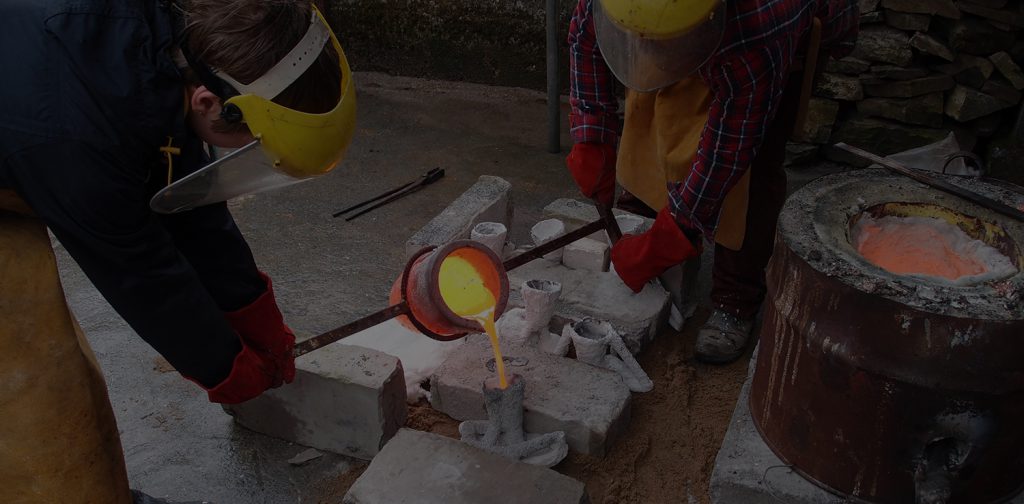How Sophisticated is the Die Casting Procedure?
Aluminium bronze contains different amounts of aluminium, varying from five to eleven per cent. The other metals include iron, manganese, nickel, copper and silicon. They are blended to produce more significant mechanical properties. Some of these properties include high electrical and thermal conductivity, water and corrosion resistance. Given these fantastic properties, they have multiple applications in industry. They include landing gears in aircraft, propellers in ships, and production of inert gas fans for oil tankers.
Aluminium Gravity Die Casting
The reason it is called gravity die casting is that liquefied metal is poured into a mould aided bygravity filling up the mould. Gravity die casting is less cost-effective than sandblasting. But the finished product is of much higher quality. It also has better mechanical properties. These aluminium gravities die casting products have a range of applications in many industries. These include,
- high horsepower diesel engines.
- Gas turbines.
- Machine tools.
- Articulated trucks.
- Defence supplies.

Leaded Tin Bronze Casting
Leaded tin bronzes are alloys of copper, tin, lead, zinc, and nickel. These single-phase alloys, at room temperature, are slow to transform. The red or even semi red brasses are not as malleable or as sturdy as tin bronze. They are much in use in the manufacture of sleeve bushings, piston rings, pump impellers, engine bearings, pump parts for acid mine water, railroad parts, and electrical connectors for the fact that it is a great conductor of electricity.
Phosphor Bronze Casting
Phosphor bronze is an alloy combining copper, tin, and phosphorus. The presence of tin in the alloy gives it its strength and corrosion resistance. They are mostly used for electrical products due to their excellent spring properties. They are also highly corrosion resistant and fatigue resistant. They, therefore, are used widely in the manufacture of springs, bearings, bushings, automobile transmissions and are very popular in the bearings of small electric motors.
Silicon Bronze Casting
A low lead brass alloy that comprises ninety-six per cent copper and the remaining four per cent is silicon, zinc, iron, tin, and manganese —used for gas tungsten arc welding electrodes and gas metal arc welding of various metals.
Non – Ferrous Product Casting
This alloy is derived from a process of shell casting sand casting and to a smaller degree investment casting. Carbon steel or mild steel are perfect examples of nonferrous metals and are used widely in the manufacturing industry, have their domestic applications and all nature of machine tools.
Sand Casting Manufacturer
Sand casting is a process in which sand is used for the mould material. The most commonly used sand-casting element is silica, and traditionally it is green sand which can be recycled. Sand casting is also a process that allows the casting of a variety of metals. The process versatility makes it a popular choice.
The sophistication of processes produce a superior product
That is an advantage of today’s technology which by its sophistication of technology and process can produce products that are superior in terms of performance and longevity.

